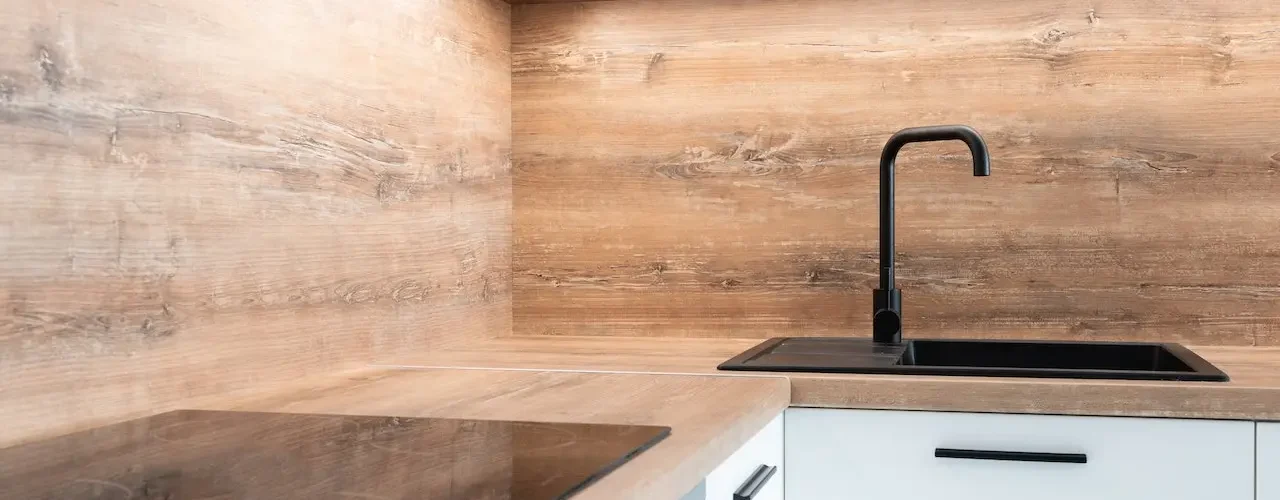Are you tired of your kitchen faucet wobbling and wiggling every time you use it? Don’t worry, you’re not alone! I’m here to help you get that pesky faucet nut tightened and secure, so you can use your sink with confidence. As a woman who has faced and conquered many DIY challenges, I’ve developed some handy tricks to make this task a breeze. Follow this step-by-step guide, and you’ll be saying “goodbye” to your wobbly faucet in no time.
Step 1: Gather Your Tools
Before you can tighten your faucet nut, you’ll need to assemble a small arsenal of tools. Don’t worry – I promise there won’t be any heavy lifting! Here’s what you’ll need:
- Adjustable wrench or basin wrench
- Flashlight or headlamp
- Bucket or container (optional)
- Rubber gloves (optional)
Step 2: Turn off the Water Supply
Safety first! Before working on your faucet, make sure to turn off the water supply to prevent any unwanted accidents. You should find two shut-off valves under your sink – one for hot water and one for cold. Turn both valves clockwise to close them. Now, you can work on your faucet without any surprise waterworks.
Step 3: Get Acquainted with Your Faucet
Now that the water is off, it’s time to get up close and personal with your faucet. Position your flashlight or headlamp to illuminate the area under your sink. Locate the faucet nut – it’s a large, round nut that connects the faucet to the sink. It may be covered in grime, so don’t be afraid to put those rubber gloves to use!
Step 4: The Art of Tightening
Here comes the fun part – tightening the faucet nut! Depending on your sink configuration, you might need to use an adjustable wrench or a basin wrench for this step. Position the wrench around the nut, ensuring that it’s snug and secure. Slowly turn the wrench clockwise until the nut is tight. Be careful not to over-tighten, as this can damage the faucet or the sink.
Step 5: Double-Check Your Work
Once you’ve tightened the faucet nut, give your faucet a gentle wiggle to make sure it’s secure. If it’s still wobbly, don’t be discouraged! Just go back to step 4 and give the nut a few more turns.
Step 6: Turn the Water Supply Back On
Now that your faucet is secure, it’s time to turn the water supply back on. Turn both shut-off valves under your sink counterclockwise to open them. Test your faucet to ensure there are no leaks and that the water flows smoothly.
There you have it – Now that you’ve conquered this DIY task, you can proudly use your kitchen sink without any wobbles or wiggles. Remember, a little bit of elbow grease and the right tools can go a long way. Happy tightening!




